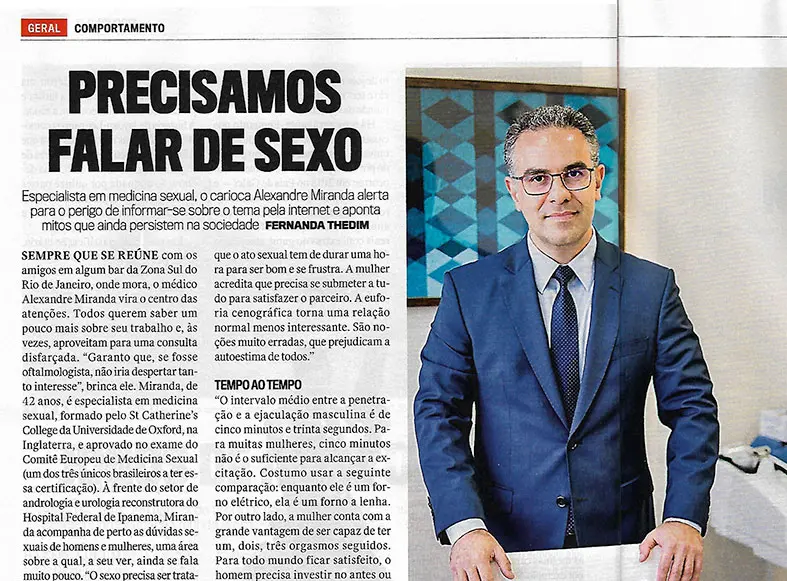Peyronie's Disease - Shockwave Therapy
New non-invasive treatment for acquired penile curvatureINTRODUCTION
Many scientific studies have shown its effectiveness in reducing pain (when present), plaque size (calcification), improving penile rigidity (erectile function), stabilizing the disease, stopping its progression and improving the patient's quality of life.

Onda de choque de baixa intensidade sendo aplicada na placa calcificada, presente na doença de Peyronie.
See the results presented in a prospective, randomized, double-blind, placebo-controlled study
A First Prospective, Randomized, Double-Blind, Placebo-Controlled Clinical Trial Evaluating Extracorporeal Shock Wave Therapy for the Treatment of Peyronie's Disease
Palmieri A, Imbimbo C, Longo N, Fusco F, Verze P, Mangiapia F, et al. A first prospective, randomized, double-blind, placebo-controlled clinical trial evaluating extracorporeal shock wave therapy for the treatment of Peyronie's disease. Eur Urol. 2009;56(2):363-9.
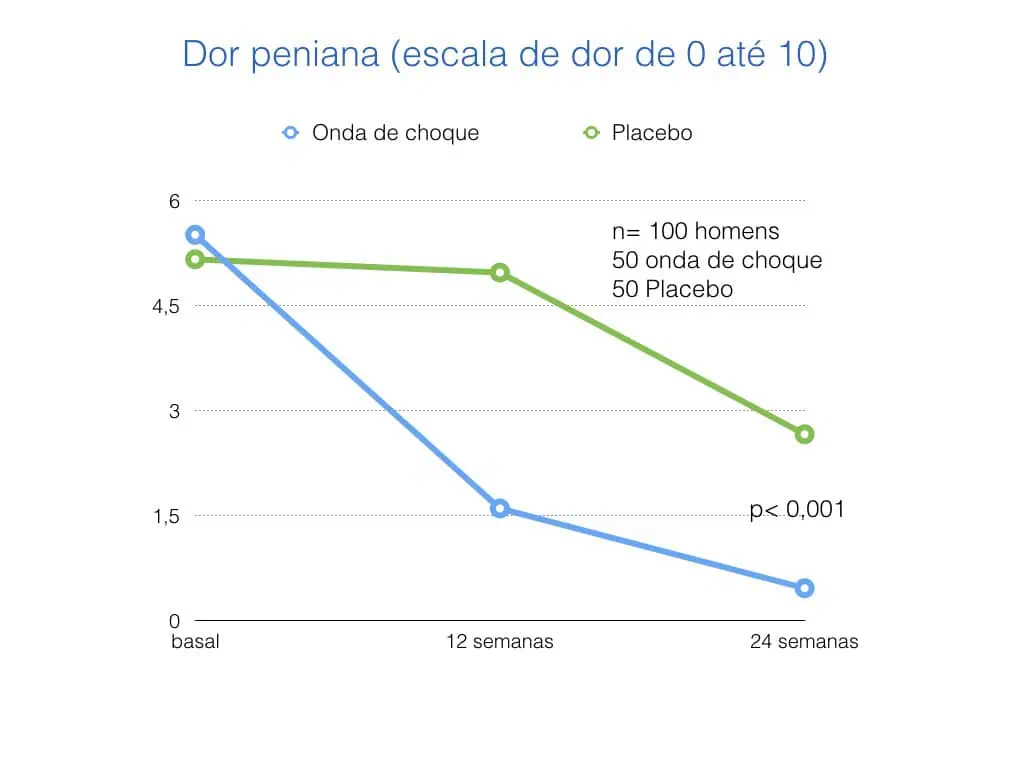
Graph showing improvement in penile pain in patients who underwent shockwave compared to those who didn't
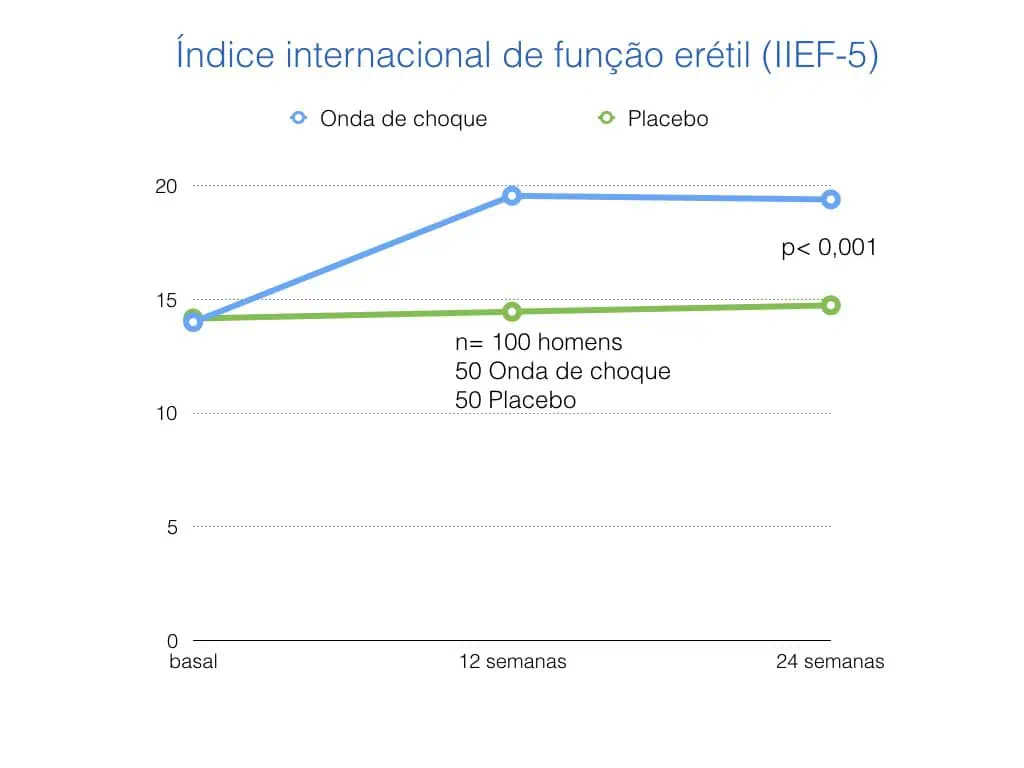
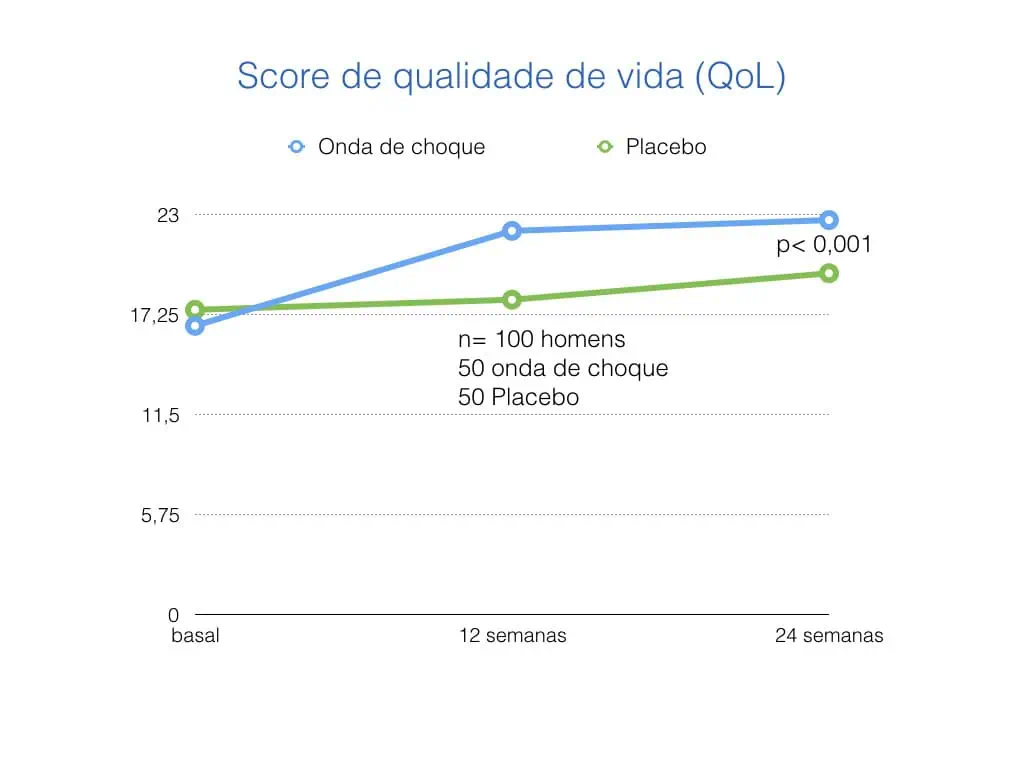
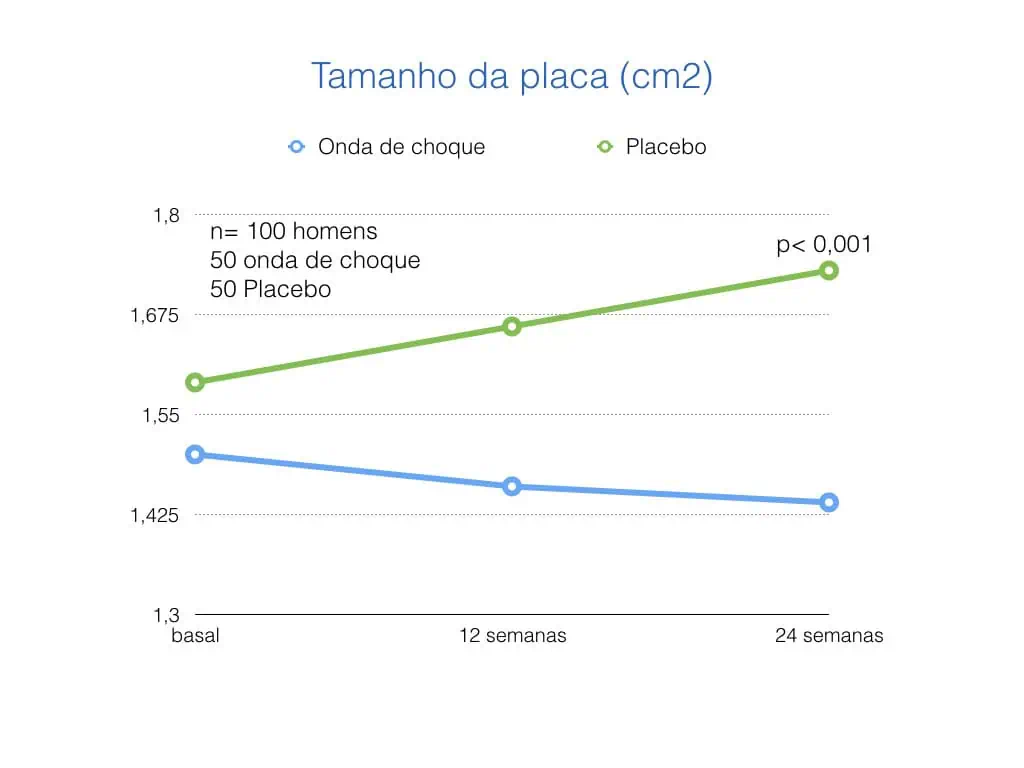

CONCLUSION
BOOK YOUR ASSESSMENT NOW
Learn more about low-intensity shock waves
WHAT ARE SHOCK WAVES?
WHERE ARE SHOCK WAVES USED IN MEDICINE?
HOW DOES IT WORK?
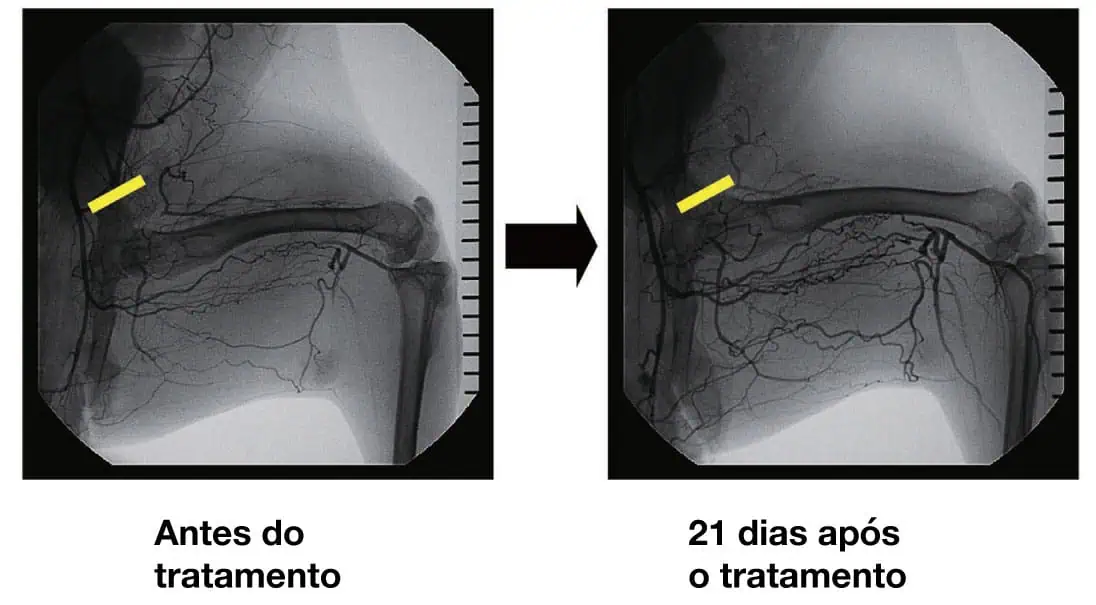
Stem cell activation
Today the low-intensity shock wave is considered a stem cell therapy.
Reference
Lin G, Reed-Maldonado AB, Wang B, Lee YC, Zhou J, Lu Z, et al. In Situ Activation of Penile Progenitor Cells With Low-Intensity Extracorporeal Shockwave Therapy. J Sex Med. 2017;14(4):493-501.

b) Penis of an animal subjected to a low-intensity shock wave
White arrows: Active stem cells (dividing and maturing)
CLINICAL APPLICATIONS OF SHOCKWAVE
Another application of the shockwave has been in orthopaedics, for the treatment of damaged muscles and tendon diseases.
In the treatment of wounds, shockwaves have also proven to be extremely effective, accelerating healing and improving ischemia in complex wounds, due to their ability to stimulate the appearance of new vessels and consequently increase vascularization.
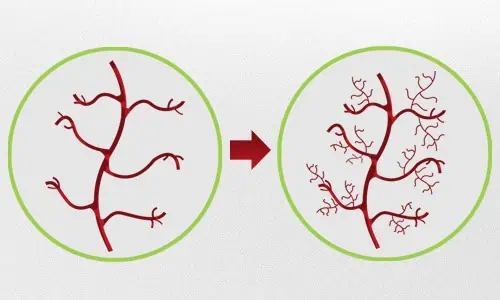
Veja Magazine
Read the interview with Dr. Alexandre Miranda

